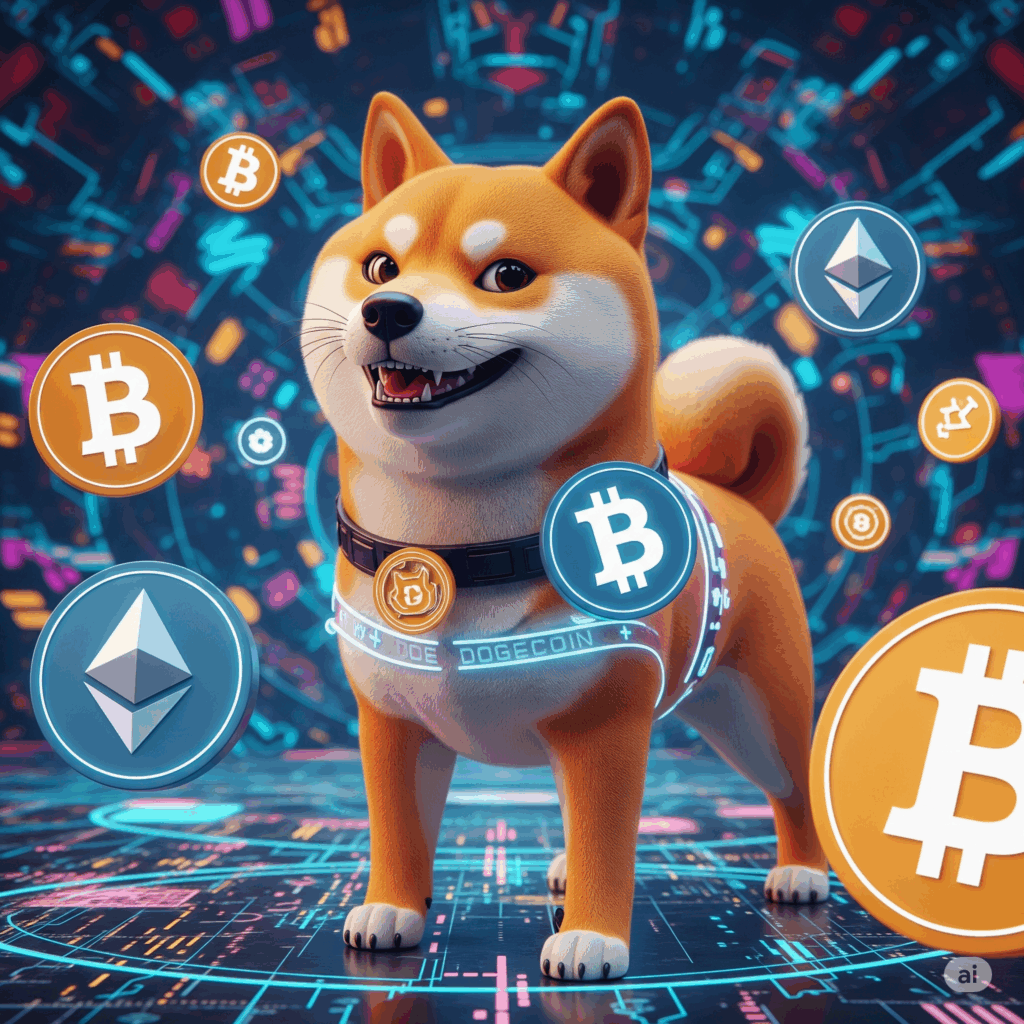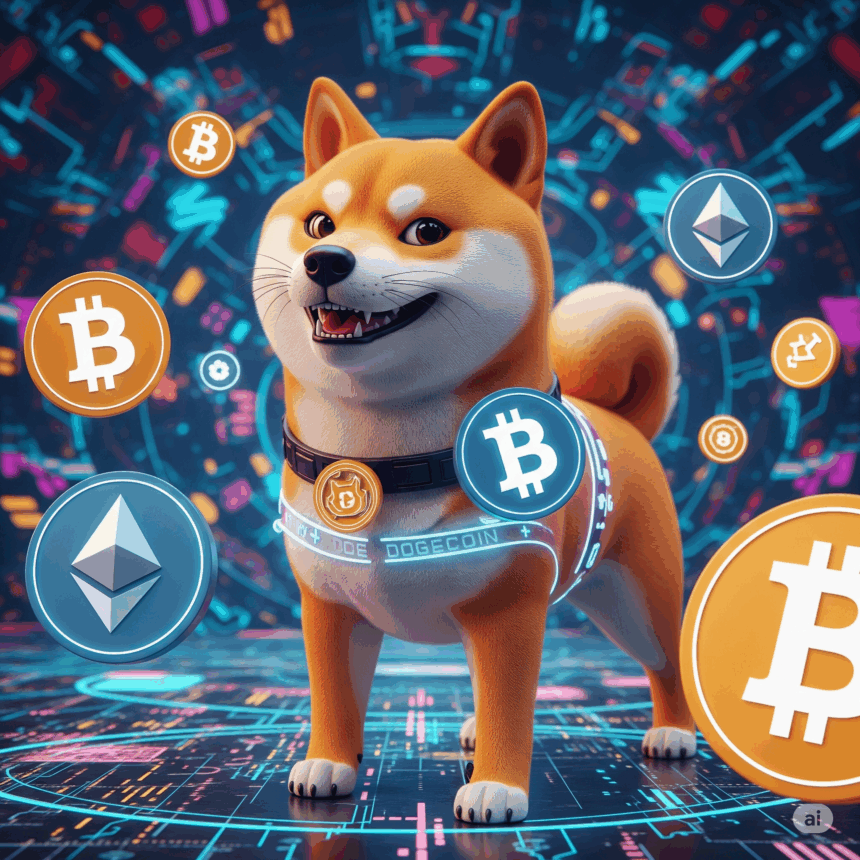
Few cryptocurrencies embody the unpredictable and community-driven nature of the digital asset space quite like Dogecoin (DOGE). What began in 2013 as a lighthearted joke, inspired by the popular “Doge” internet meme featuring a Shiba Inu dog, has defied all expectations to become one of the most recognizable and widely discussed cryptocurrencies. For CEOs and decision-makers observing the crypto market, Dogecoin’s remarkable trajectory offers unique insights into the power of community, brand recognition, and the evolving role of digital currencies in popular culture and commerce.
The Unlikely Origin and Rise of a Meme Coin
Dogecoin was created by software engineers Billy Markus and Jackson Palmer with the initial aim of being a fun, friendly alternative to Bitcoin, free from the serious connotations often associated with blockchain technology. Its rapid block time and inflationary supply schedule (unlike Bitcoin’s fixed supply) were designed to make it more accessible and useful for small transactions and tipping online content creators.
However, Dogecoin’s true breakthrough came not from its technical specifications, but from its vibrant and passionate community. Fueled by online memes, charitable initiatives (like funding the Jamaican bobsled team for the Olympics), and later, vocal endorsements from high-profile figures like Elon Musk, Dogecoin transcended its meme status. It demonstrated how social sentiment and cultural relevance could drive significant market capitalization, proving that a cryptocurrency’s value isn’t solely derived from its underlying technology or utility, but also from its brand appeal and community adoption.
Beyond the Hype: Utility and Adoption
While often labeled a “meme coin,” Dogecoin has slowly but surely begun to find real-world utility and adoption, demonstrating a shift from pure speculation to practical use cases. Its low transaction fees and fast processing times make it suitable for small payments. A growing number of merchants, including major companies like Tesla, AMC Theatres, and The Dallas Mavericks, have begun accepting DOGE as a form of payment. This acceptance, often driven by public demand and celebrity influence, highlights Dogecoin’s unique ability to bridge the gap between niche crypto enthusiasts and mainstream consumers.
The community’s efforts to develop practical applications for DOGE, alongside its use for tipping and charitable giving, are gradually building a more robust foundation for its value. This evolution challenges the traditional view that only technologically complex or utility-rich cryptocurrencies can achieve significant market standing, underscoring the power of network effects and brand recognition in the digital age.

Lessons from Dogecoin’s Journey
Dogecoin’s journey offers several important takeaways for businesses and executives:
- The Power of Community and Brand: Dogecoin proves that a strong, engaged community and a recognizable brand can be incredibly powerful drivers of adoption and value, even for assets that started as jokes.
- Mainstream Appeal: Its ability to break into mainstream consciousness and secure real-world merchant adoption highlights cryptocurrencies’ increasing penetration into everyday commerce.
- Unpredictability of Digital Assets: Dogecoin’s volatile price swings serve as a reminder of the speculative nature of many digital assets, emphasizing the need for cautious investment and risk management.
- Beyond Pure Technology: While technology is crucial, Dogecoin shows that human factors – humor, community, and cultural resonance – can play an equally significant role in a cryptocurrency’s success.
As the crypto market continues to mature, Dogecoin remains a fascinating case study. It stands as a testament to how decentralized, community-driven movements can create enduring value in unexpected ways, forcing a re-evaluation of what truly drives economic impact in the digital economy.







